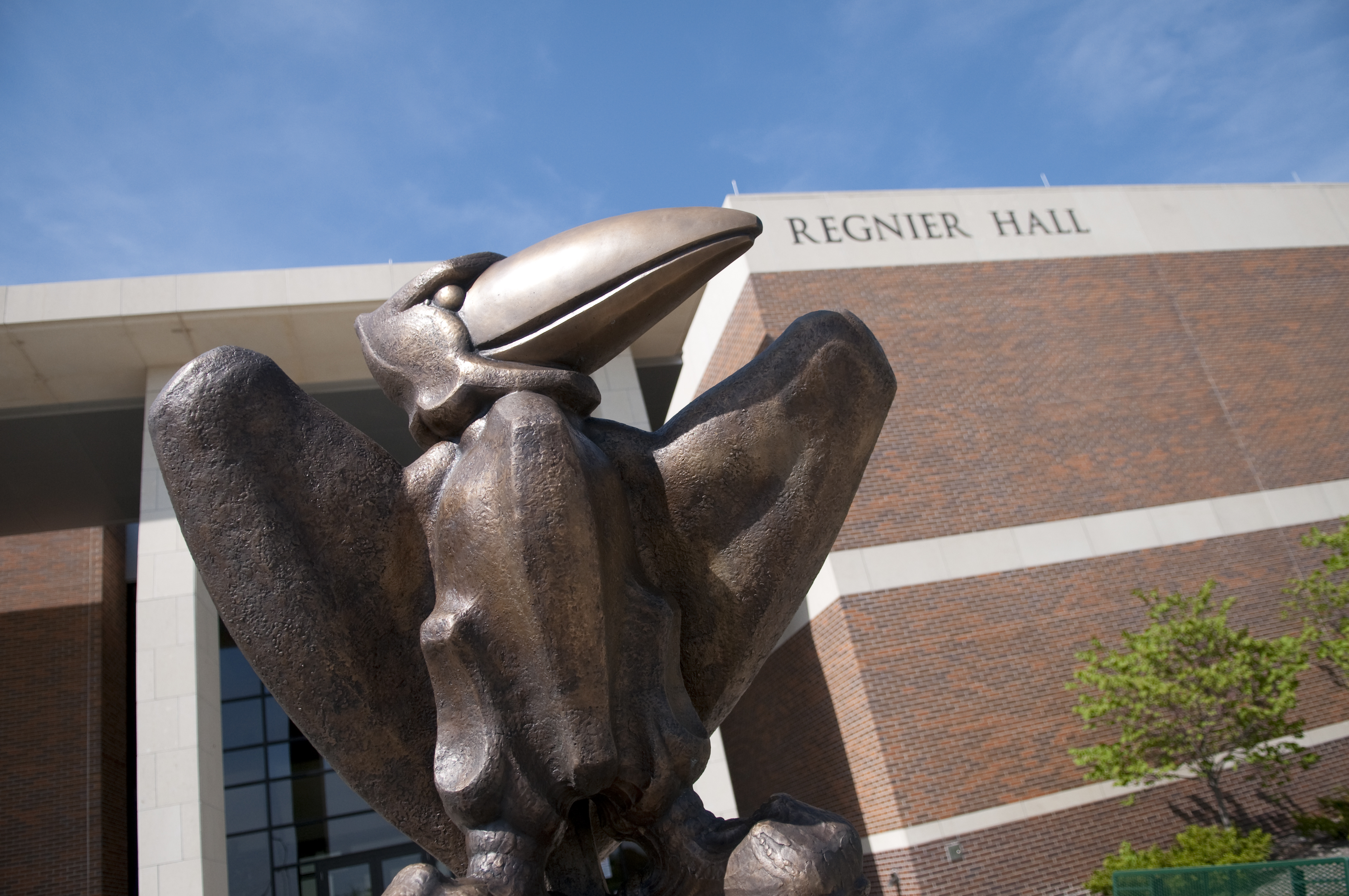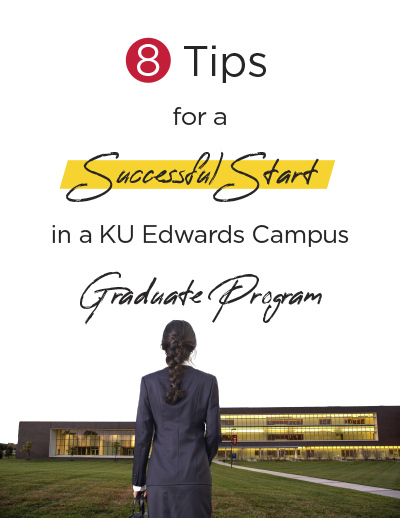JCERT delivers to the 10th degree

Now in its sixth year, the 1/8-cent sales tax for the Johnson County Education and Research Triangle (JCERT) has provided nearly $30 million in funding for the KU Edwards Campus. What would the campus look like today had Johnson County voters not passed the Triangle initiative?
For one, the $23 million BEST Building would not be standing next to Regnier Hall.
There would be 110 fewer graduates with KU bachelor and master’s degrees in business, engineering, science and technology, and 250 fewer students currently pursuing those degrees.
Nearly $300,000 in scholarship money would not have gone to 100 deserving students.
More than 600 university and community events would have taken place elsewhere, or not at all.
Combined with the two other legs of the Triangle (KU Clinical Research Center and K-State Olathe), total economic impact has been well over $200 million, according to the JCERT Authority, and is expected to exceed $1.4 billion over the next two decades.
“What we’ve created is an academic and research environment that is unparalleled in the country,” says JCERT board chair and Johnson County Commissioner Ed Eilert. “It will bring significant rewards to this county for years to come."
 Fulfilling the promise
Fulfilling the promise
The JCERT ballot language stated 10 new degree programs would be created at the Edwards Campus to serve workforce needs for highly trained graduates in business, engineering, science and technology. As promised, the 10th degree program will launch this fall.
Like the nine other programs funded by JCERT, the Master of Science in Applied Statistics and Analytics was created in response to workforce demand. But it’s the first in which coursework is delivered completely online and in collaboration with the University of Kansas Medical Center.
“This is an important step in our relationship with the Medical Center, one that I think will open the floodgates to similar projects,” says KU Edwards Campus Vice Chancellor David Cook. “They have incredibly talented faculty, researchers and practitioners in this discipline. The challenges and opportunities of ‘Big Data’ in the life sciences are very similar to those in business and government.”
The new graduate program has two core areas of emphasis:
- Statistics will emphasize hands-on computing in the context of statistical methods commonly applied in industry and government agencies.
- Data Analytics will provide graduates with experience working with and analyzing large datasets using several of the most common statistical software tools.
“We’re always listening to the community to determine what their needs are, and one of them is the increasing need for professionals who can collect, manage and understand the vast amounts of data gathered today,” Cook says. “We believe this program will equip graduates to answer that need locally, with a skill set that has global demand.”





